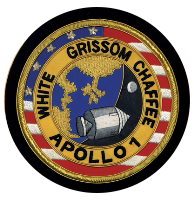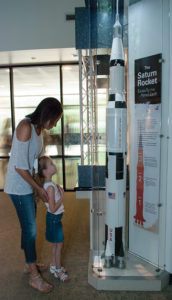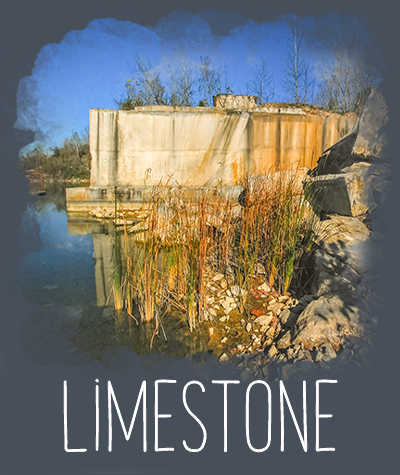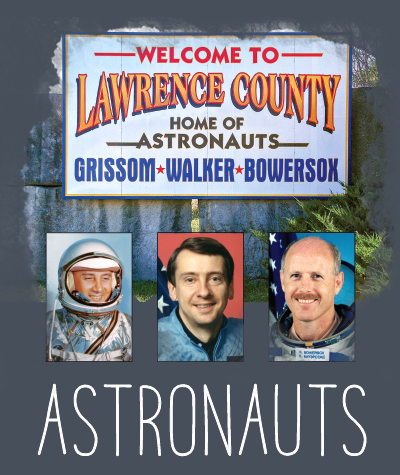Lawrence County is the home of three United States astronauts. Kenneth D. Bowersox and Charles D. Walker both hail from Bedford. Mitchell is the hometown of Virgil I. “Gus” Grissom, the second American in space.
 Virgil I. “Gus” Grissom
Virgil I. “Gus” Grissom
Inside Spring Mill State Park in Mitchell is a tribute to this pioneer. July 21, 2011 marked the 50th Anniversary of Gus Grissom’s first flight into space aboard the capsule named “Liberty Bell 7.” The successful flight was followed by a dramatic ending when the capsule was lost at sea after splashdown and Grissom was rescued. The Liberty Bell 7 was recovered and brought to the surface in 1999.
Grissom died on January 27, 1967 aboard Apollo I, when a flash fire broke out in the command module on the launch pad. He is buried at Arlington National Cemetery and is considered the city of Mitchell’s hometown hero.

Grissom’s actual space suit and one of the capsules he piloted are found in the museum, Virgil I. “Gus” Grissom Memorial. It also has actual artifacts from his life and career, and interactive exhibits. Open daily 8:30 AM – 4 PM, closed for major holidays.
Virgil I. Grissom Monument is a 44-foot, 28-ton limestone statue of the Titan II Rocket that stands on the lawn of Mitchell’s City Hall. Hand-carved in the limestone base is the history of Gus Grissom’s military and NASA careers. The monument is located at 409 S. 6th St. in Mitchell.
See where Gus grew up in the 1940s style, Grissom Boyhood Home/Museum. The Grissom family house is filled with heirlooms, period furniture and artifacts from Gus’ life. Open Saturdays, May-October.
Charles D. Walker
Walker graduated Bedford High School in 1966. Almost 6 years after graduating from Purdue University in 1971, Walker became a test engineer under the McDonnell Douglas Corporation, where he worked on the Aft Propulsion Subsystem for the Space Shuttle orbiters. He joined the Space Manufacturing team (now known as EOS) and shares a patent for the Continuous Flow Electrophoresis Device (CFES).
Walker was never an employee for NASA, but he trained NASA astronaut crews the operations of the McDonnell Douglas CFES device. In 1983, he became the first payload specialist, designated by NASA, to become a member on 41-D, 51-D and 61-B Space Shuttle missions. He spent 20 days in space and traveled about 8.2 million miles. While on his missions, he studied early protein crystal growth and was a test subject for multiple medical studies.
Kenneth D. Bowersox
Bowersox Graduated from Bedford High School in 1974. In 1981, Bowersox became a Naval Aviator for the United States Navy. He served as a pilot with Attack Squadron 22. Later, he spent time as a test pilot at the Naval Weapon Center at China Lake.
By June 1987, the NASA had selected him as an astronaut candidate. During his time as an astronaut, he flew five orbital missions and one on the Russian Soyuz. Overall, he completed over 211 days in space, and five and a half months on the International Space Station. He retired from the U.S. Navy and NASA in 2006. More recently, Bowersox served as Chair of the Human Exploration and Operations Committee, and Interim Chair of the NASA Advisory Council.



